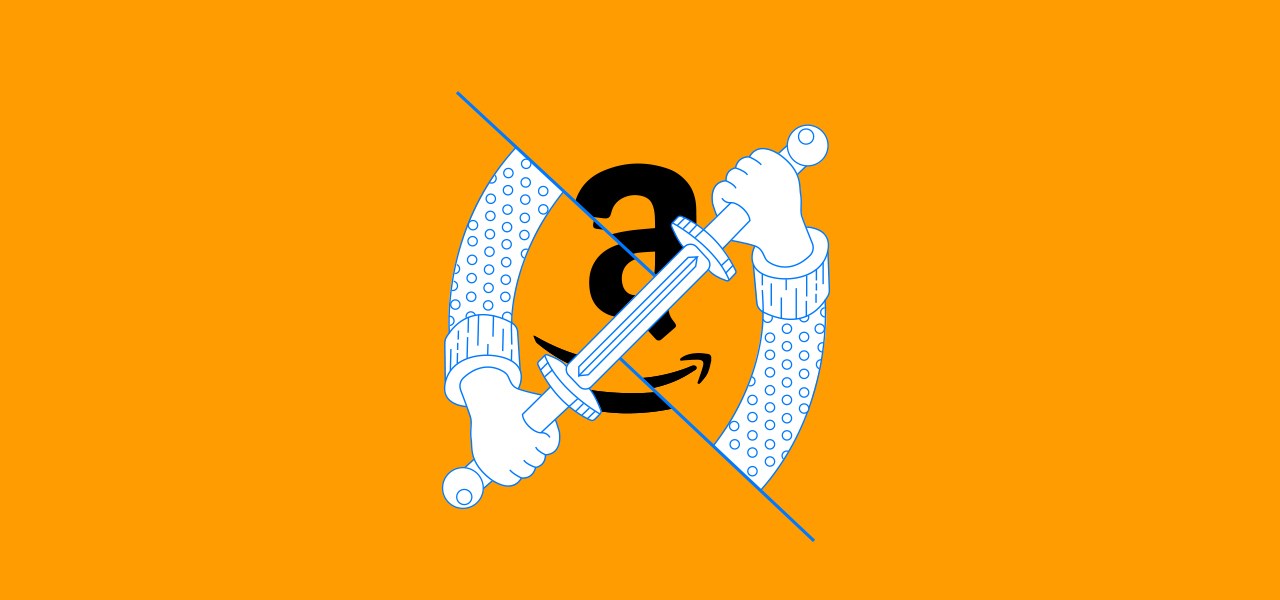‘Massive increase in volatility’: As demand surges, advertising on Amazon gets more unpredictable

Over the course of a few days, retailers’ strategies on Amazon have been completely upended.
The spread of the coronavirus has drastically handicapped nearly every business in the world, and for Amazon brands that rely on its advertising platform, it has proven to be an especially gnarly situation. “It’s very hard to make a blanket statement except that there’s a massive increase in volatility,” said John Ghiorso, founder and CEO of the Amazon consultancy Orca Pacific.
As an example, for one retailer who sells items deemed “non-essential,” this means that until at least early April, the e-commerce giant will not allow the products in its own warehouses. This company, however, is based San Francisco, where a shelter-in-place order has been enacted. This means staff cannot rely on Amazon fulfilling the item via Fulfilled by Amazon, nor can they go out and do it themselves. Meanwhile, Amazon ad cost-per-clicks are going up across the board so the business is faced with the decision to either continue paying the giant to remain in the flywheel or just stop.
“Their whole business has completely ground to a halt,” said Kiri Masters, founder and CEO of Bobsled, whose client this retailer is.
Put simply, Amazon’s various moving parts, and the changing situation, means everything is just uncertain enough to cause a systemwide mess.
What’s leading the shock in the system is a change in consumer behavior that arrived at an unprecedented speed. Consumers, said Kevin Packler, director and vp of Amazon services at the Tombras Group, “are changing what products they are looking for.”
At a baseline level, this means so-called non-essential products are no longer in demand. And even if they were, they would be difficult to fulfill since Amazon ordered only essential items to be stocked in its own warehouses.
Ad position: web_incontent_pos1
But it’s not just an issue of people splurging on fewer less important items; the entire Amazon advertising dynamic has shifted. Cost per clicks have gone up across nearly every category, according to multiple Amazon agency sources. One of Tombras’s clients saw CPCs increase 20% over the course of four days. “That’s a significant change over what it had been before,” he said.
It makes things wonky, to say the least. “You have really weird dynamics with supply and demand on the advertising side of things,” said Ghiorso. Certain products have increased or decreased supply and demand, which leads to an immediate shift in how the advertising platform reacts. “You have massive amounts of inventory because there is much more searching going on,” he said. “All these really weird unprecedented changes [that] we’re still trying to wrap our heads around.”
Meanwhile, conversion rates — especially for non-essential items, have plummeted. According to Packler, they’ve gone down by as much as 30%. This change in how people are shopping, what they are shopping for and brands’ inability to keep hot items in stock, has led to “a complete flipflop of what best sellers are.”
This presents brands with a difficult conundrum: how do they invest on the platform without even a semblance of an idea of what’s to come? To completely drop out of Amazon’s advertising program will kill a brand’s rankings, and have ripple effects down the line since they’ll no longer be in the flywheel. But that same brand will face a similar problem if they continue to advertise and then run out of stock. “The reality is you have to have your strategy on the marketplace,” said Packler. “The plans you had three or four months ago are no longer applicable.”
For most brands, the strategy is no longer about growth but survival. “Generally speaking, brands are focusing more on profitability in their ad campaigns,” said Masters, whereas previously they looked at customer acquisition too. “Awareness marketing is out the window, it’s really about performance.”
Ad position: web_incontent_pos2
Put together, with little stability and an unclear window into where demand will go, many Amazon sellers are trying to eke out as much profit as they can from the ad platform.
Given how the e-commerce beast is built, it may feel like a devil’s bargain but it’s likely unwise to turn all advertising spend off. “It’s all about balancing what you have now based on what you have later,” said Packler. “If you completely back down,” he went on, “it’s ultimately going to hurt your future.”

